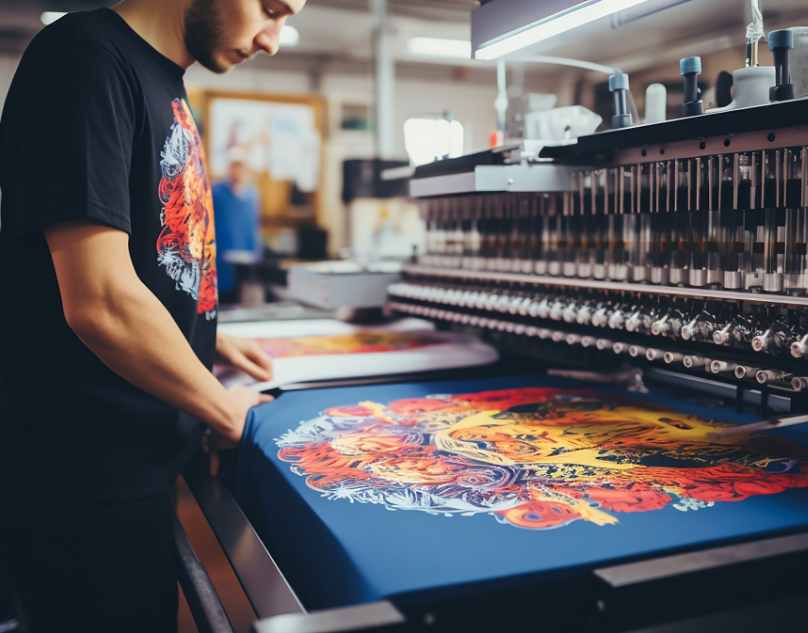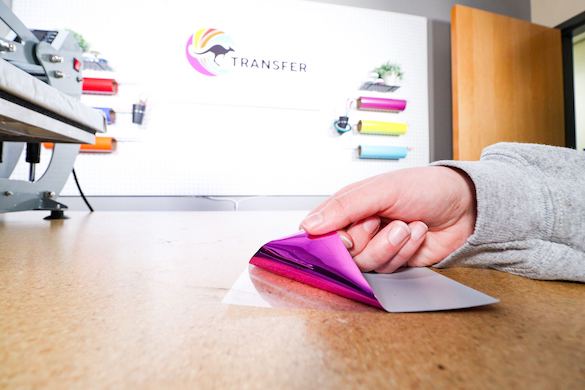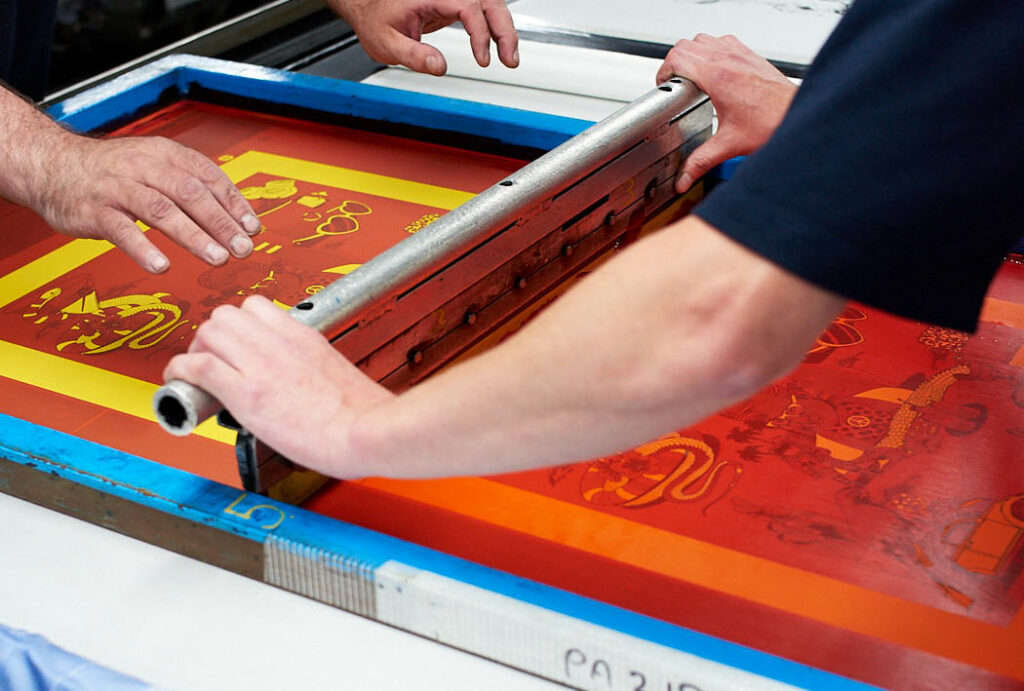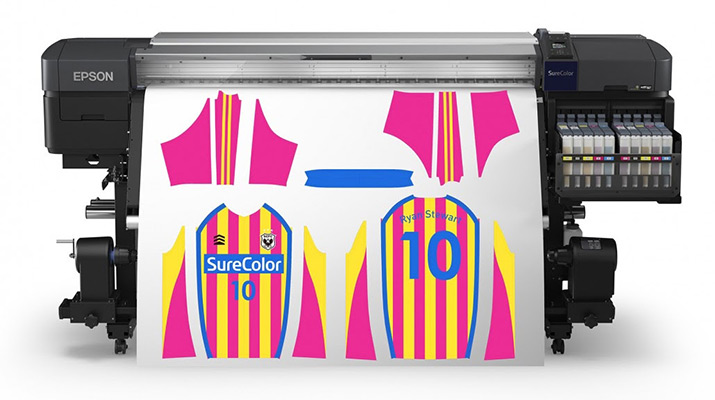
DTF printing – Introduction
Enter DTF printing, a game-changer in the industry!
Curious about the most cost-effective route for apparel printing?
DTF, or Direct-to-Film Printing, stands out for its unmatched versatility and vibrant results. Now, let’s get to the bottom line: Is DTF printing the ultimate cost-effective option?
The answer? A resounding yes, and here’s why.
1. Volume Matters:
Whether it’s a small batch or a large-scale production, DTF printing excels. Its efficiency scales seamlessly with your printing volume. Hence, making it a smart choice for businesses of all sizes.
Efficiently managing printing volume is crucial in any method. Efficient volume management is crucial in any printing method. Whether handling a small batch or large-scale production, scalability impacts cost-effectiveness. The method’s adaptability to varying order sizes directly affects economic viability.
Recognizing cost fluctuations based on volume provides crucial insights for informed decision-making.
2. Design Complexity:
In the world of intricate designs, DTF printing takes the lead. DTF handles your design effortlessly, ensuring every detail pops. It doesn’t matter how complex your artwork is; DTF Printing is a great choice.
When it comes to design complexity, the chosen printing method’s capability is crucial. Whether the design is simple or detailed significantly influences the printing choice.
The method’s adeptness in handling complex details seamlessly becomes a key consideration. Hence, impacting its overall suitability for the specific project or order at hand.
3. Fabric Freedom:
Different fabrics, no problem. DTF printing adapts to various materials. These materials range from cotton to polyester and blends. Hence, giving you the freedom to choose without compromising quality.
Fabric freedom is a critical consideration in choosing a printing method. Fabric freedom is crucial. The method should print on diverse materials like cotton or polyester, offering flexibility.
Adaptability to different fabrics ensures versatility in design choices. Specifically, handling dark fabrics without a white underbase is advantageous. Having options without compromising print quality is a key factor in decision-making.
4. Method Matters:
When it comes to printing methods, DTF reigns supreme. Its direct-to-film approach minimizes complexities, offering a straightforward and efficient process.
The chosen printing method’s significance goes beyond volume and design intricacies. It extends to the overall approach in printing. Whether it’s a straightforward or intricate method, the choice impacts the efficiency of the entire process.
Factors such as setup simplicity and overall workflow contribute to the method’s effectiveness.
DTF Printing – Comparison
Now, let’s stack up DTF against the competition.
1- Heat Transfer Vinyl (HTV):

Heat Transfer Vinyl (HTV) has carved a niche for itself as a versatile method.
Let’s explore the advantages and disadvantages of this popular technique.
Pros:
Durability for Small Orders:
HTV excels in producing durable prints. Hence making it an excellent choice for smaller orders requiring longevity.
Ease of Application:
The application process is straightforward. This makes HTV a user-friendly option, especially for those new to apparel printing.
Ideal for Simple Designs:
HTV is well-suited for uncomplicated designs with fewer colors. Hence providing a clean and polished look.
Cons:
Limitations on Complexity:
Complex designs with intricate details or a multitude of colors may pose challenges for HTV. Hence, limiting its suitability for certain projects.
Potential for Peeling or Cracking:
Over time, the vinyl used in HTV may peel or crack. Hence, affecting the longevity of the prints, particularly in high-wear areas.
Less Cost-Effective for Larger Orders:
HTV may become less cost-effective for larger quantities due to individual application requirements. It is only suitable for small batches.
Comparing with DTF Printing:
Now, let’s compare HTV with the rising star, DTF printing.
HTV vs. DTF Printing:
Volume Considerations:
HTV is advantageous for small orders. However, DTF printing offers competitive efficiency and cost-effectiveness even in larger quantities.
Design Complexity:
DTF printing shines in handling intricate designs and complex details. It provides a level of sophistication that may be challenging for HTV.
Durability and Longevity:
DTF prints are known for their durability. resisting peeling or cracking, which can be a concern with HTV over time.
DTF outshines HTV on larger orders, providing not just durability but also cost-efficiency. This makes it a natural choice for businesses eyeing expansion.
2- Screen Printing:

Pros:
Cost-Effective for Large Orders:
Screen printing shines when it comes to larger orders. It spreads setup costs across the quantity, making each unit more affordable.
Vibrant Colors:
Screen printing is known for producing vibrant and durable colors. Screen printing creates designs that stand the test of time.
Versatility on Various Surfaces:
Screen printing adapts well to various surfaces. It offers flexibility in printing on different materials.
Cons:
Complex Setup Process:
The initial setup for screen printing can be intricate and time-consuming. It can also pose challenges for businesses with tight deadlines.
Not Ideal for Complex Designs:
Intricate and detailed designs with various colors may not be screen printing’s forte. as the process is more suited for simpler graphics.
Limitation on Fabric Options:
Although versatile, screen printing may face limitations. Especially when it comes to certain fabric types. restricting its application.
Comparing with DTF Printing:
Now, let’s compare screen printing with the rising star, DTF printing.
Screen Printing vs. DTF Printing:
Volume Considerations:
Screen printing excels in large orders. Meanwhile, DTF printing offers competitive efficiency and cost-effectiveness even in smaller batches.
Design Complexity:
DTF printing takes the lead with intricate designs. It provides a level of detail that screen printing may struggle to match.
Fabric Adaptability:
While both methods are versatile, DTF printing’s ability to work on a broader range of fabrics, including dark ones without a white under base, gives it an edge.
DTF takes the lead over traditional screen printing. Especially when it comes to intricate designs and color-rich prints. Say goodbye to setup hassles and hello to streamlined efficiency.
3- Direct-to-Garment (DTG) Printing:

DTF proves its worth on larger orders, where cost-efficiency matters most. DTG might dazzle with details, but DTF balances detail with volume seamlessly.
DTG)printing has gained prominence for its ability to bring detailed designs to life. Let’s dissect the advantages and disadvantages of this digital printing method.
Pros:
Detailed Designs and Photographs:
DTG printing shines when it comes to intricate designs and photographic prints. It captures details with remarkable precision.
Quick Turnaround Time:
Known for its efficiency, DTG printing offers a swift turnaround. Hence, making it ideal for projects with tight deadlines.
High-Quality, Long-Lasting Prints:
DTG prints are characterized by their high quality and durability. It resists fading or cracking even after multiple washes.
Cons:
Less Cost-Effective for Larger Orders:
While efficient for small orders, DTG printing may become less cost-effective as the order volume increases.
Challenges with Dark Fabrics:
Printing on dark fabrics may require pre-treatment. This means adding an extra step to the process and potentially impacting efficiency.
Dependence on Ink Quality:
The quality of prints in DTG is heavily dependent on the ink used. Low-quality ink can affect the longevity of the design.
Comparing with DTF Printing:
Now, let’s compare DTG printing with the rising star, DTF printing.
DTG vs. DTF Printing
Volume Considerations:
DTG excels in small orders. However, DTF printing’s efficiency in handling larger quantities can make it a more cost-effective choice.
Design Complexity:
DTF printing’s versatility allows it to handle intricate designs seamlessly. Therefore, providing an edge in design flexibility.
Production Time:
DTG offers a quick turnaround. DTF printing’s ability to produce multiple transfers simultaneously can enhance overall production efficiency.
4- Dye Sublimation:

Dye Sublimation stands as a unique method known for producing vivid and lasting prints. Let’s delve into the advantages and drawbacks of this distinctive printing process.
Pros:
High-Quality, Vibrant Prints:
Dye Sublimation is celebrated for its ability to create high-quality, vibrant prints with stunning color saturation.
Long-Lasting Designs:
Prints from Dye Sublimation are durable, with colors that withstand multiple washes, ensuring longevity.
Versatility on Polyester Fabrics:
Ideally suited for polyester and synthetic fabrics, Dye Sublimation provides a seamless printing experience on these materials.
Cons:
Not Suitable for Natural Fabrics:
Dye Sublimation is limited when it comes to natural fabrics. Especially when it comes to fabrics like cotton or silk, restricting its application range.
Time-Consuming Setup Process:
The setup process for Dye Sublimation can be time-consuming, potentially impacting overall efficiency.
Comparing with DTF Printing:
Now, let’s compare Dye Sublimation with the rising star, DTF printing.
Dye Sublimation vs. DTF Printing:
Fabric Options:
Dye Sublimation excels on polyester.
DTF printing offers versatility on both natural and synthetic fabrics.
Setup Process:
Dye Sublimation’s time-consuming setup is contrasted by DTF printing’s efficiency in handling various fabrics without an extensive preparation process.
Cost Considerations:
Dye Sublimation may incur higher costs. Especially when considering fabric limitations. DTF printing offers a more cost-effective solution across a broader range of materials. While dye sublimation is great, the versatility and lower costs of DTF printing make it a better choice. Especially when fabric options are a priority.
The Verdict: DTF Printing Triumphs!
In the arena of cost-effectiveness, DTF printing emerges as the undisputed champion. It’s adaptable, efficient, and cost-effective. This method makes it the go-to solution for businesses keen on elevating their apparel printing game.
So, if you’re in the market for an affordable yet top-quality printing solution, look no further than DTF. Embrace the future of apparent printing with a method that not only meets but exceeds your expectations.
Say yes to DTF – where cost meets craftsmanship!